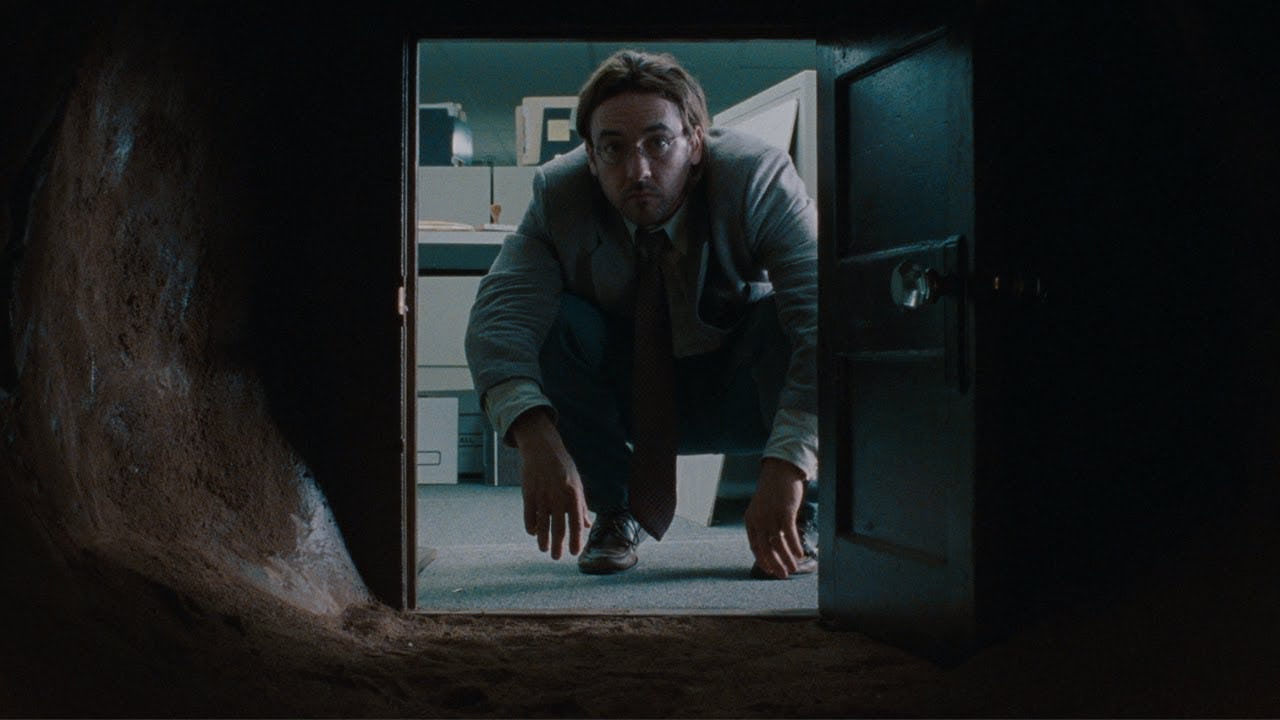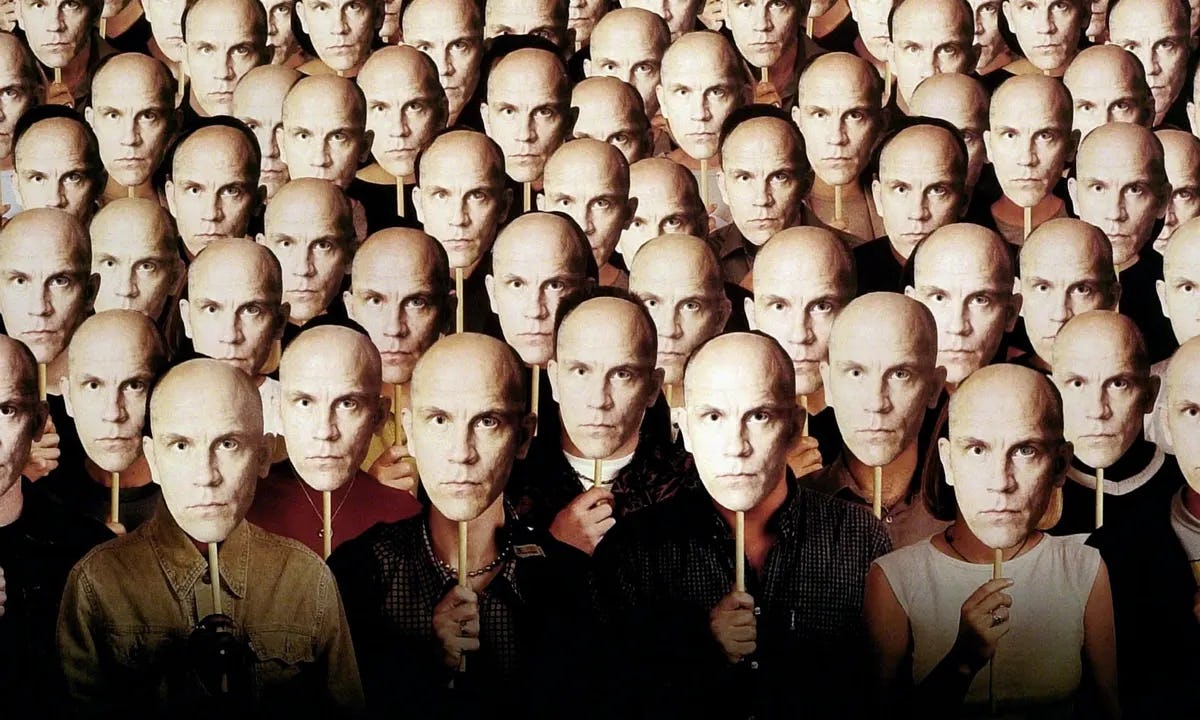
Modern society has had a bit of an unhealthy obsession with celebrities. In the current social media age, where talent and charisma are no longer requirements for fame, our relationship with celebrity culture has only gotten worse. For their part, artists have, in their own ways, spent decades trying to explore and depict the most toxic aspects of celebrity culture.
No movie has done so in quite as eccentric or confidently weird a fashion as Being John Malkovich. The 1999 sci-fi fantasy film, which marked the feature debuts of both director Spike Jonze (Her) and screenwriter Charlie Kaufman (Eternal Sunshine of the Spotless Mind), is just as enigmatic and surreal as its title suggests. It’s a film that takes people’s tendency to idolize their favorite celebrities and dares to ask: What if you actually could live the life of one of the world’s biggest actors?
The Oscar-nominated film is currently available to stream on Amazon Prime Video. Here’s why Inverse recommends that you check it out ASAP.
Being John Malkovich follows Craig Schwartz (John Cusack), a sad-sack puppeteer who gets a job working on the seven-and-a-halfth floor of a New York City office building. Once there, Craig discovers a mysterious tunnel that is, in all actuality, a portal into the mind of real-life actor John Malkovich before eventually dumping you out on the side of a highway. After accidentally falling into Malkovich’s mind, Craig tells his co-worker, Maxine (Catherine Keener), about the tunnel. For a small fee, the two begin offering the chance to inhabit Malkovich’s mind to any willing customers.
If you think that’s a weird premise, just wait. Being John Malkovich is just getting started.
After she later seduces Malkovich, Maxine inadvertently creates a rift between Craig and his wife, Lotte (Cameron Diaz), who argue and compete over which one of them should get to enter Malkovich’s mind during his dates with Maxine. From there, Being John Malkovich only continues to dive headfirst into even weirder and darker places. In its second half, the film not only introduces Craig’s ability to control Malkovich like one of his puppets, but it also reveals the original purpose of the portal into Malkovich’s mind.
To say much more about the film’s plot would be to spoil many of the strangest and most darkly comic moments. Like many of the films written by Charlie Kaufman, Being John Malkovich exists in a surreal alternate reality that allows the writer to use various fantastical creations to explore ideas and themes that feel uncomfortably real. In the case of Being John Malkovich, the film’s central, magical tunnel becomes a vessel for Kaufman and Jonze to explore the toxicity of celebrity worship, as well as the insecurity of men who wish to control the women in their lives.

Despite being his feature directorial debut, Spike Jonze manages to visually bring the oddball energy of Kaufman’s original screenplay to life in all of its strange glory. In addition to one show-stopping sequence in which John Malkovich’s head is seamlessly placed on the bodies of every person in a restaurant, the film features an endless array of stylistic flourishes that only further heighten its surreality. Jonze, for instance, uses a brilliant mix of handheld POV and steady wide shots to establish the cramped confines and too-short ceiling of the unexplainable office floor where Cusack’s Craig and Keener’s Maxine work.
Jonze’s direction ultimately works in conjunction with Kaufman’s script to create a movie that feels like a legitimate miracle. Being John Malkovich is so unabashedly weird and emotionally messy that it’s impossible not to wonder how its creative team actually convinced anyone to finance it. It’s a good thing they did because it resulted in a movie that feels just as surreal and original as it does confrontational. There’s never been a movie about the dangers of celebrity idolatry quite like it, and there likely never will be again.







